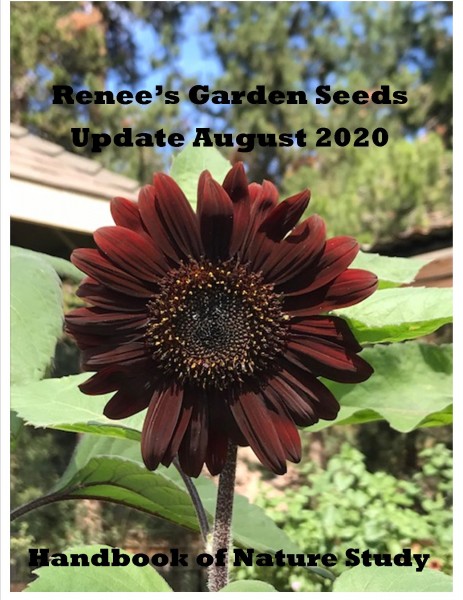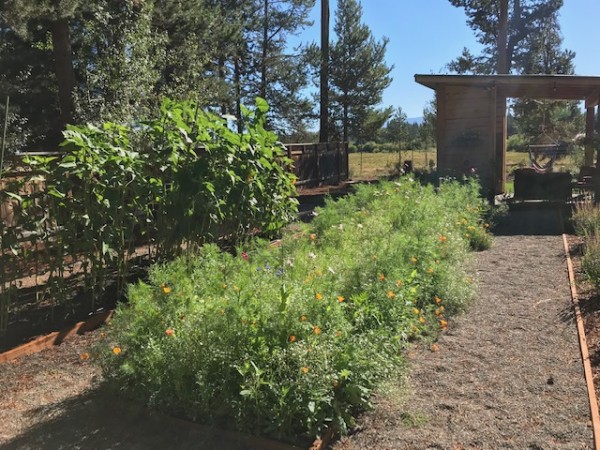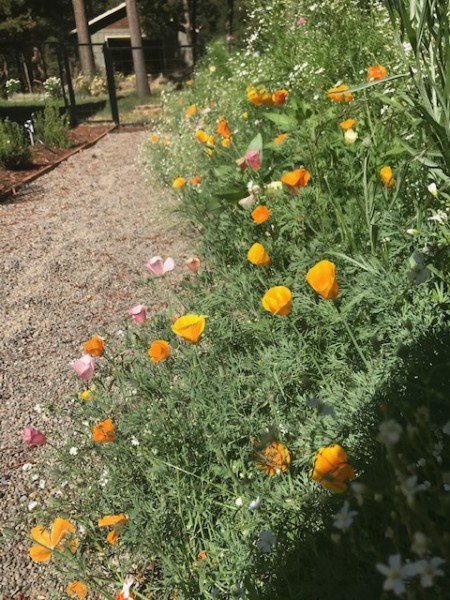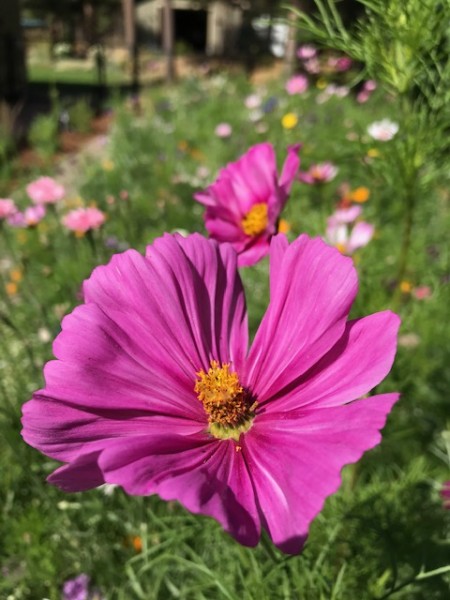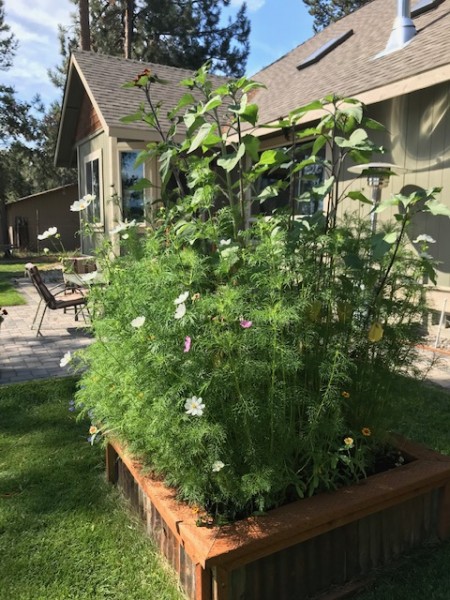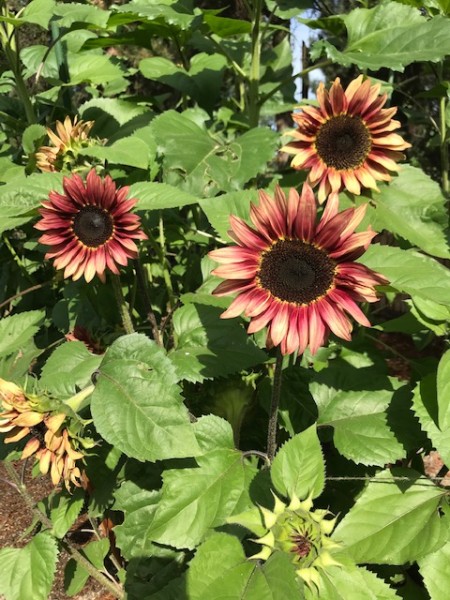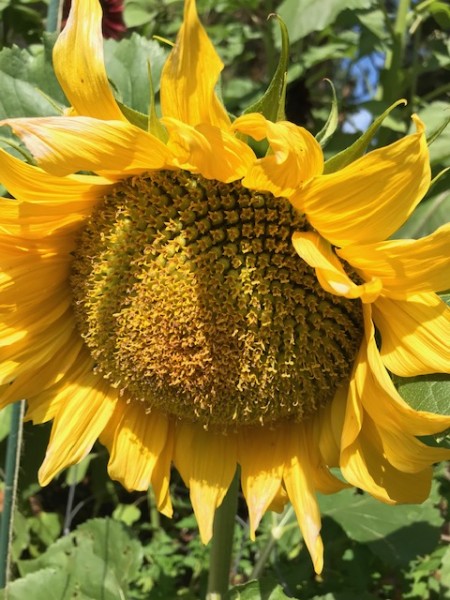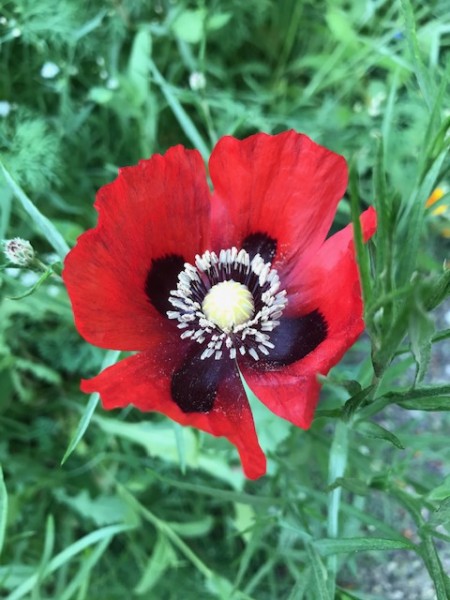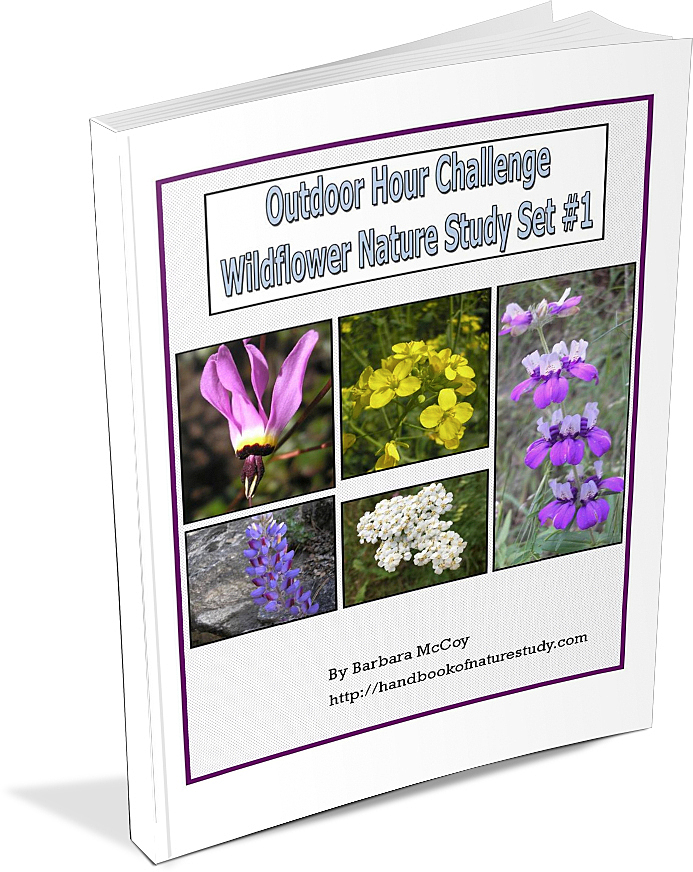Learn why and how some flowers close up at night. Enjoy your own Nyctinasty Nature Study with these ideas.
I love learning about amazing things that happen right under my nose. Many of us have observed the way our dandelions are closed up tight in the morning and then the bloom opens up in the sunshine each day. But, have we taken the time to really understand how that happens and more importantly, why it happens? Enjoy this simple Nyctinasty Nature Study in your backyard!
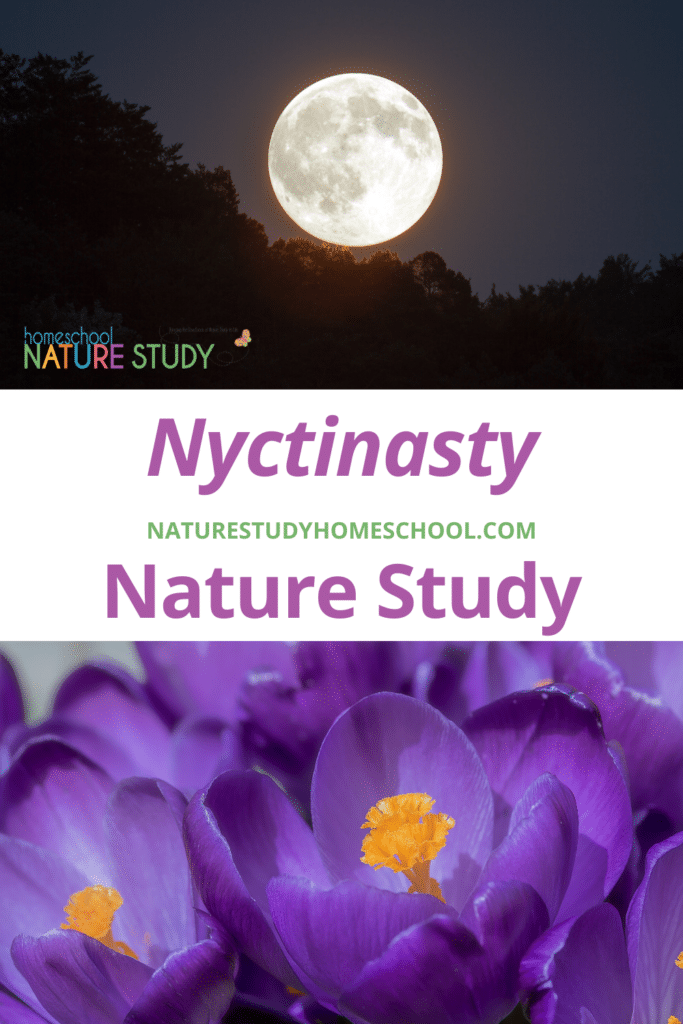
What is Nyctinasty ?
This unfamiliar word was first introduced in the early 1900’s by German botanist Wilhelm Pfeffer. He was a pioneer of plant physiology and molecular biology. Nyctinasty means: plant movement in response to light intensity; or the closing of flowers at night. Which ultimately can help to protect the pollen from dew.
Some flowers that open and close:
- Daisies: White daisies close their petals as evening falls
- Tulips: Close up at night
- Poppies: Close up at night
- Crocuses: Close up at night
- Morning glories: Experience nyctinasty
- Lotuses: Some water plants that close their flowers at night
- Water lilies: Some water plants that close their flowers at night
- Oxalises: Experience nyctinasty
- Gazanias: Experience nyctinasty
Even the leaves of some plants, like those of certain legumes, open and close. Peas, chickpeas, soybeans, beans, and peanuts, fold up at night.
How does nyctinasty work?
Nyctinasty is controlled by the circadian clock. It’s associated with changes in light and temperature during the day. Plants change pressure in cells at the base of the leaf or petal, which swell or shrink to cause the movement.
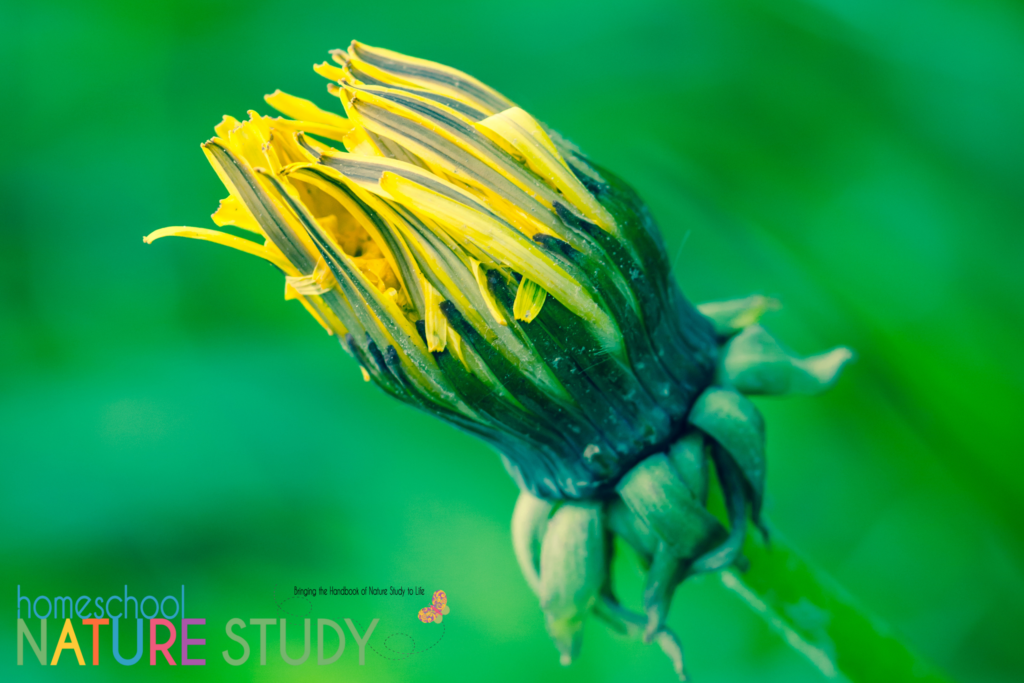
Nyctinasty Nature Study: Why Do Flowers Close At Night?
Nyctinasty Nature Study: Find a patch of daisies, dandelions, or poppies near your yard. Observe the flowers at different times of the day. What time of day do they open? What time do they start to close? Homeschool Nature Study Members can print the new Nyctinasty Worksheet and draw their observations. This worksheet is in the Member Database in the Wildflowers course.
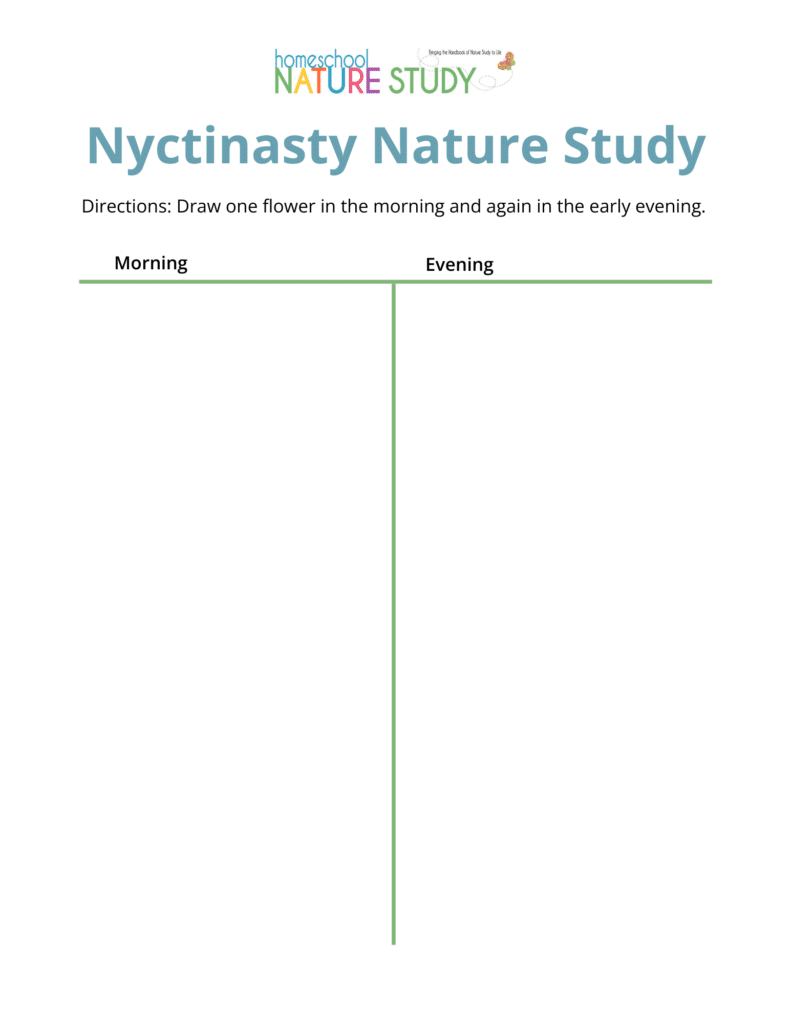
Advanced Nyctinasty Nature Study: For an additional experiment, try covering a dandelion with a box to shut out the light. What do you think you will find when you take the box off the next day?
Taking time to notice these changes will help your child make a more intimate connection with the world around them. I guarantee you will look at dandelions differently after observing them up close!
More Flower Activities for Spring
Looking for more flowers to study? Try these other Nature Study Ideas:
A Simple Homeschool Science Activity: Food Coloring Flowers plus these…
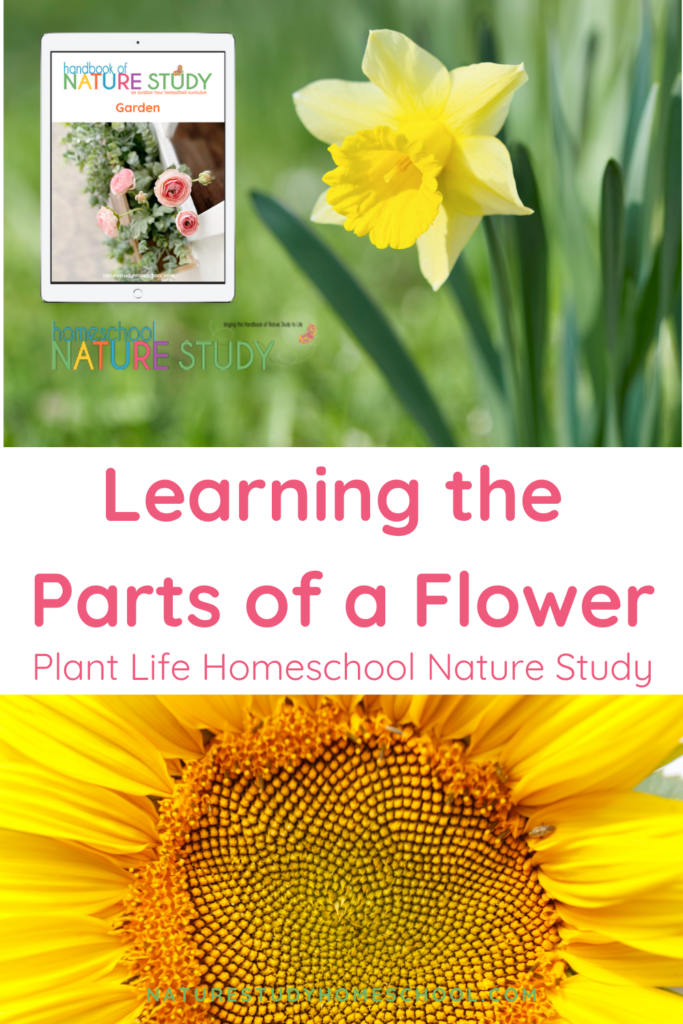
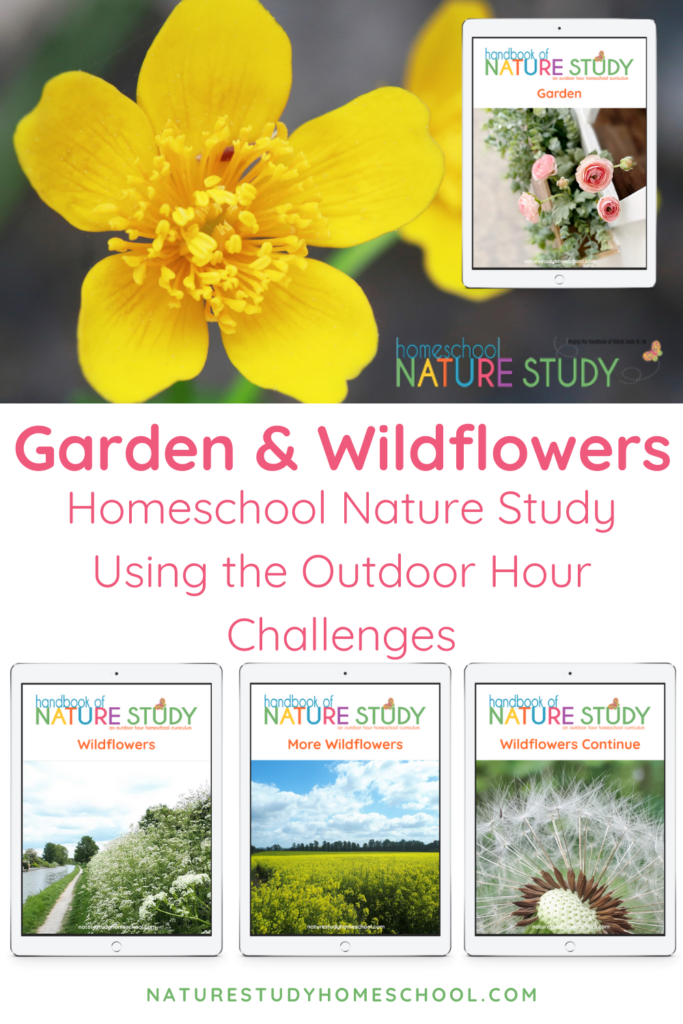
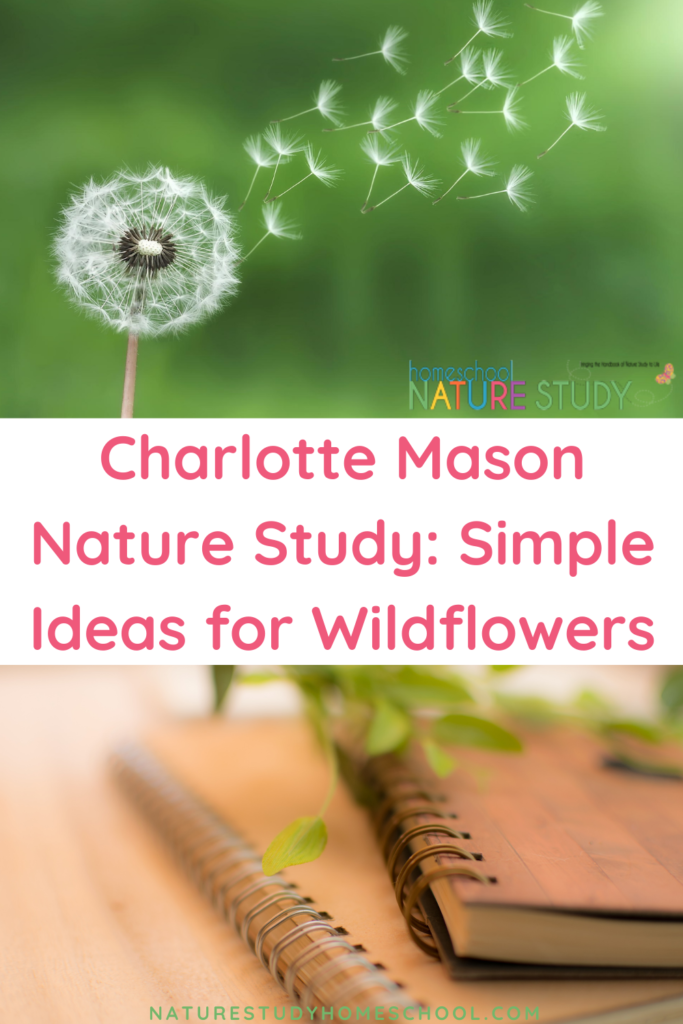
Join The Homeschool Nature Study Membership
You will also find a continuing series on gardens and wildflowers plus all the Outdoor Hour Challenges for nature study in our Homeschool Nature Study Membership. There are 25+ continuing courses with matching Outdoor Hour curriculum that will bring the Handbook of Nature Study to life in your homeschool! In addition, there is an interactive monthly calendar with daily nature study prompt – all at your fingertips!
Find Out More About Homeschool Nature Study Membership Today!
first published April 2018 by Barb, updated by Stef March 2025

